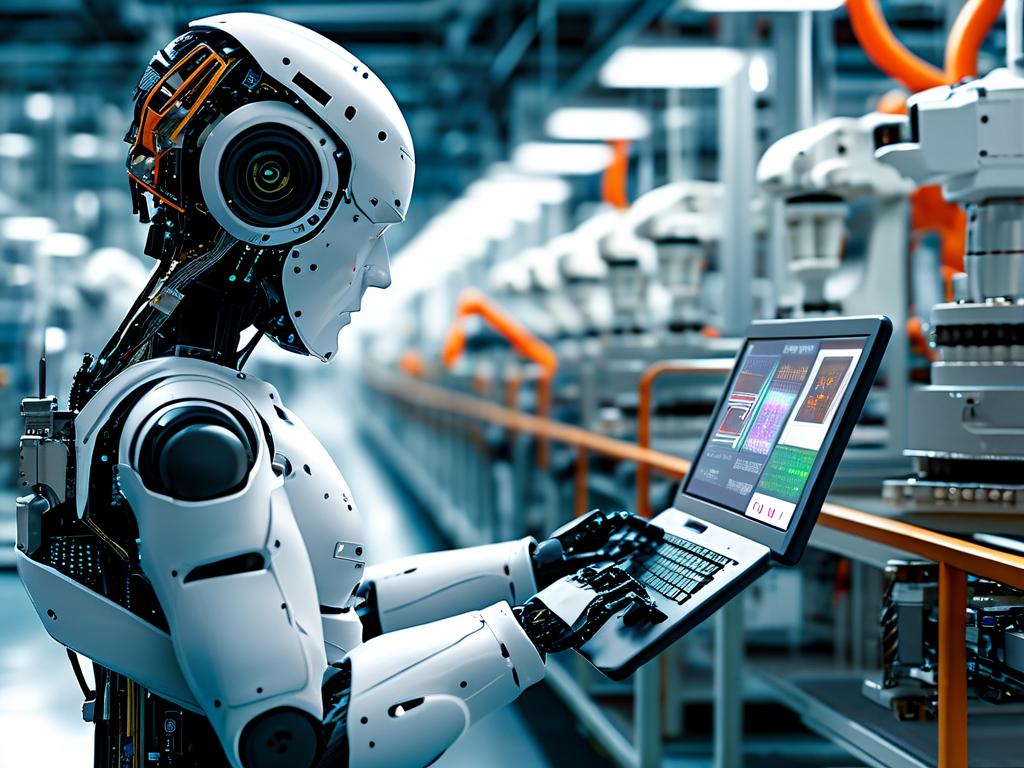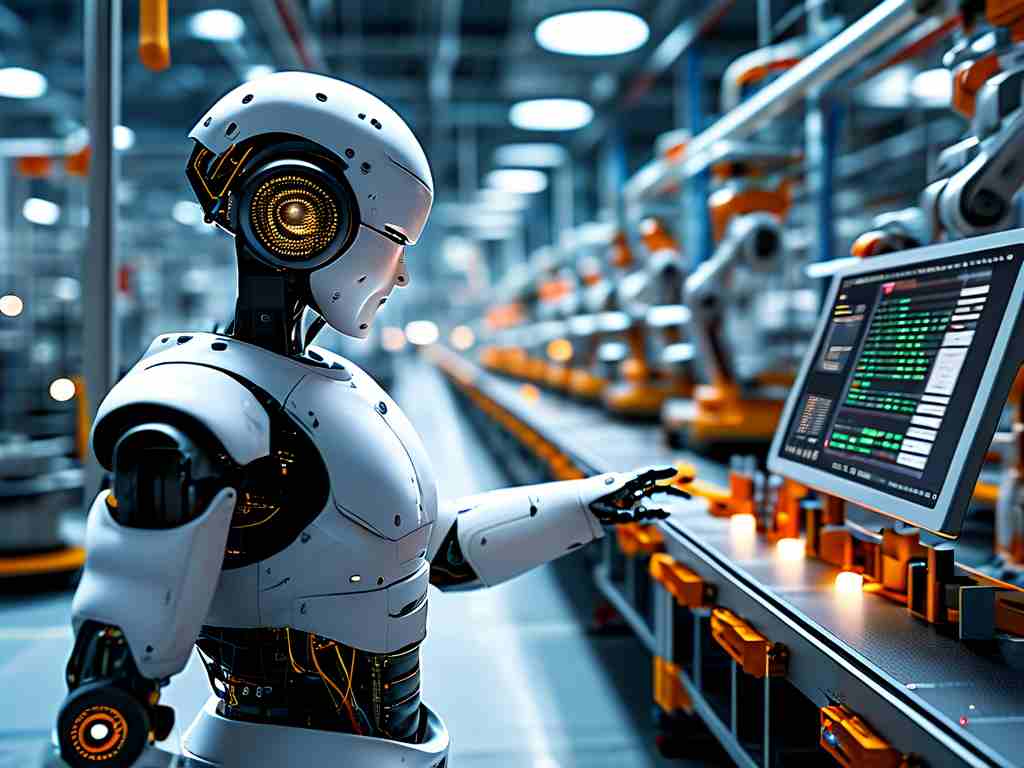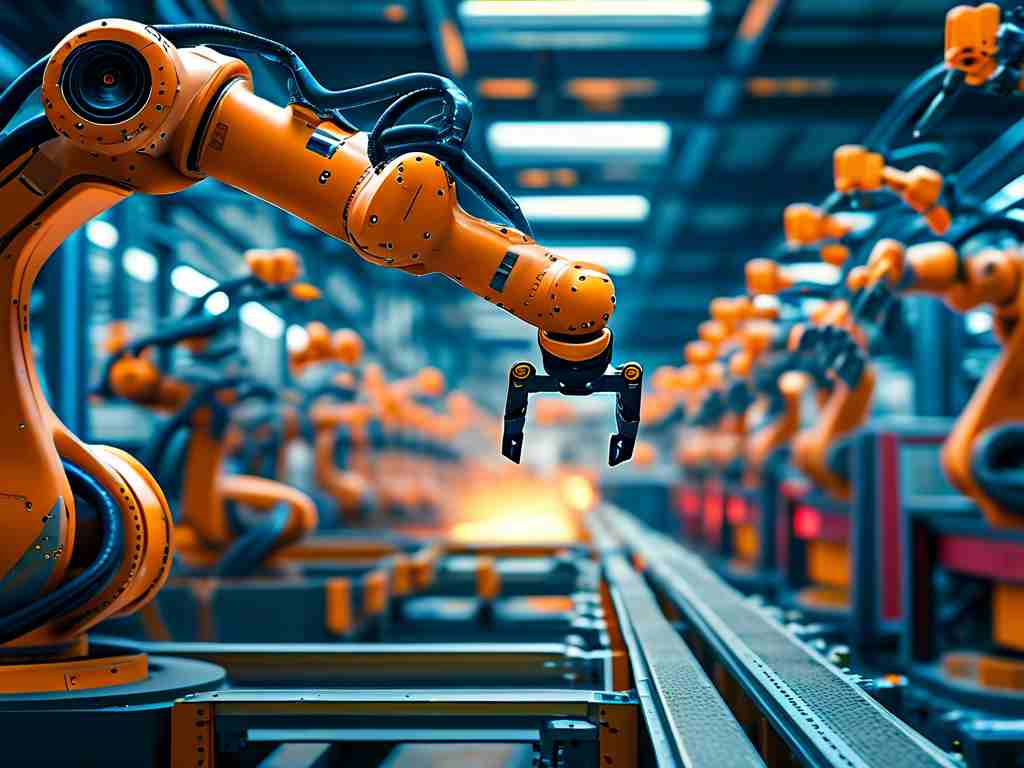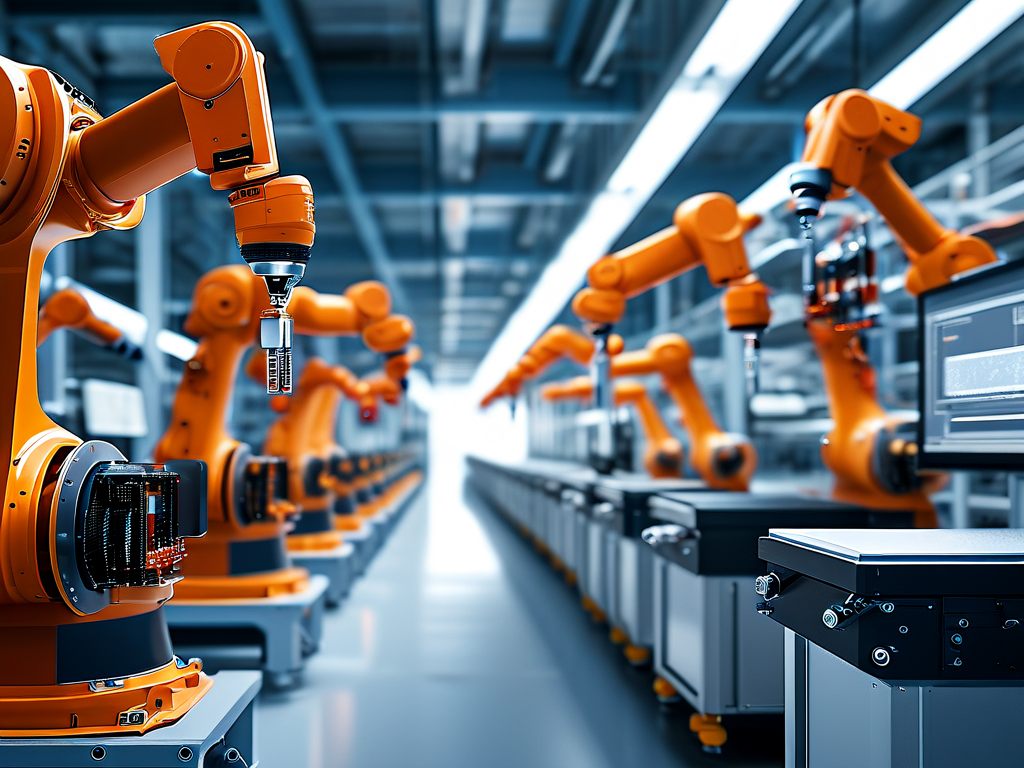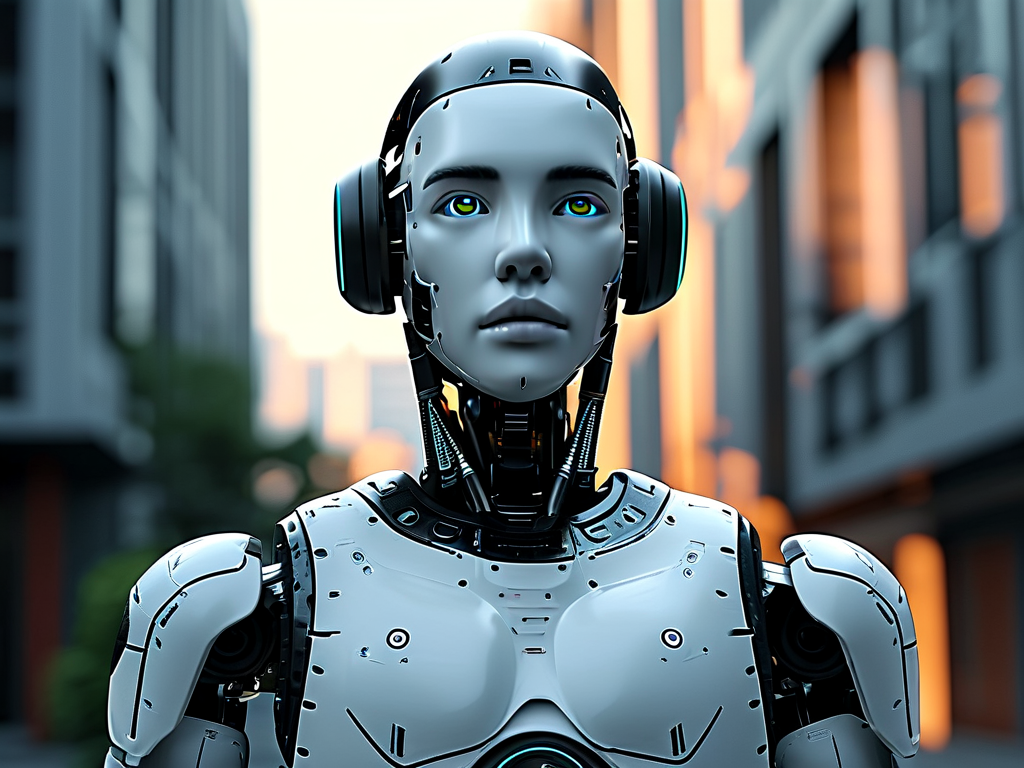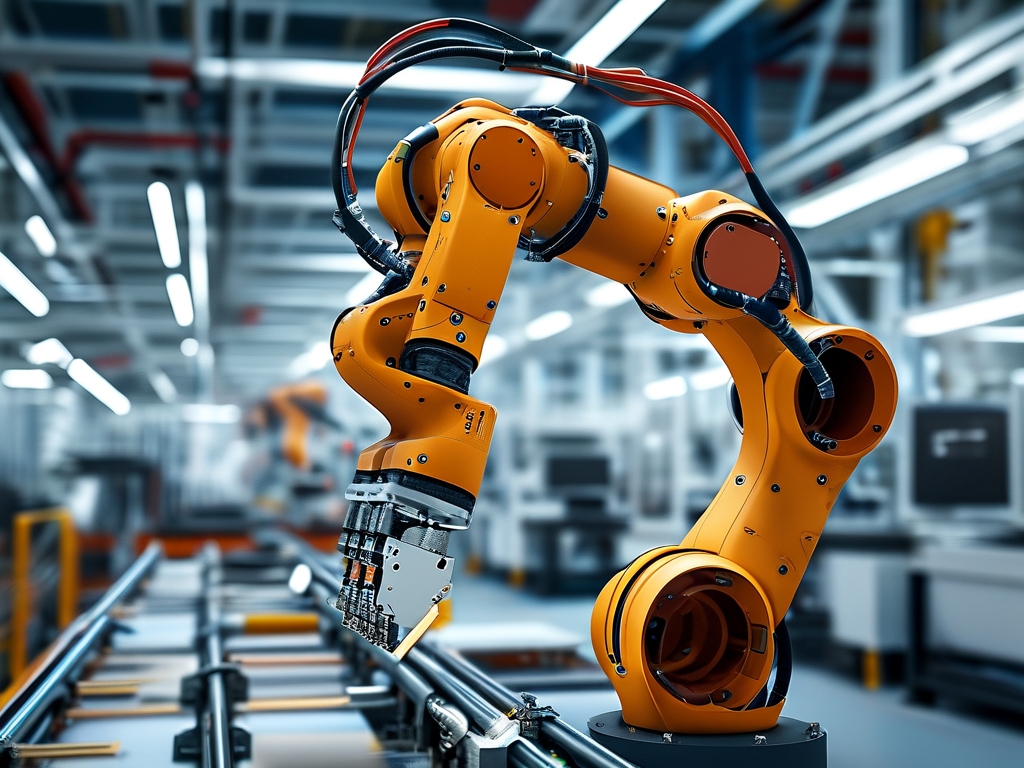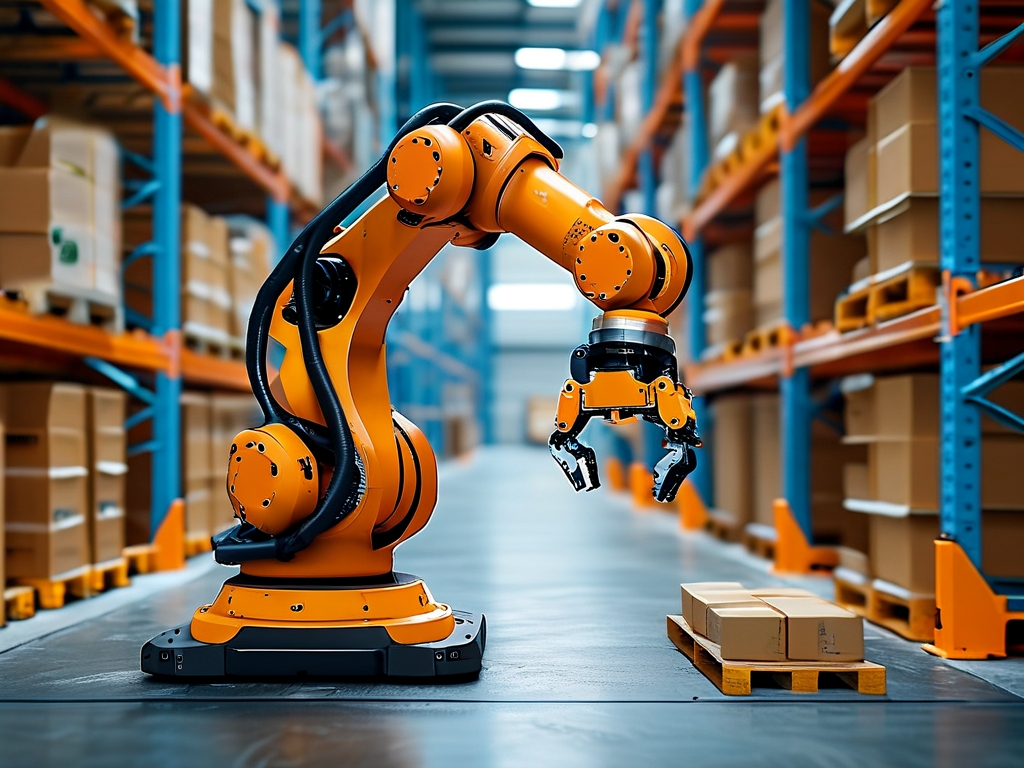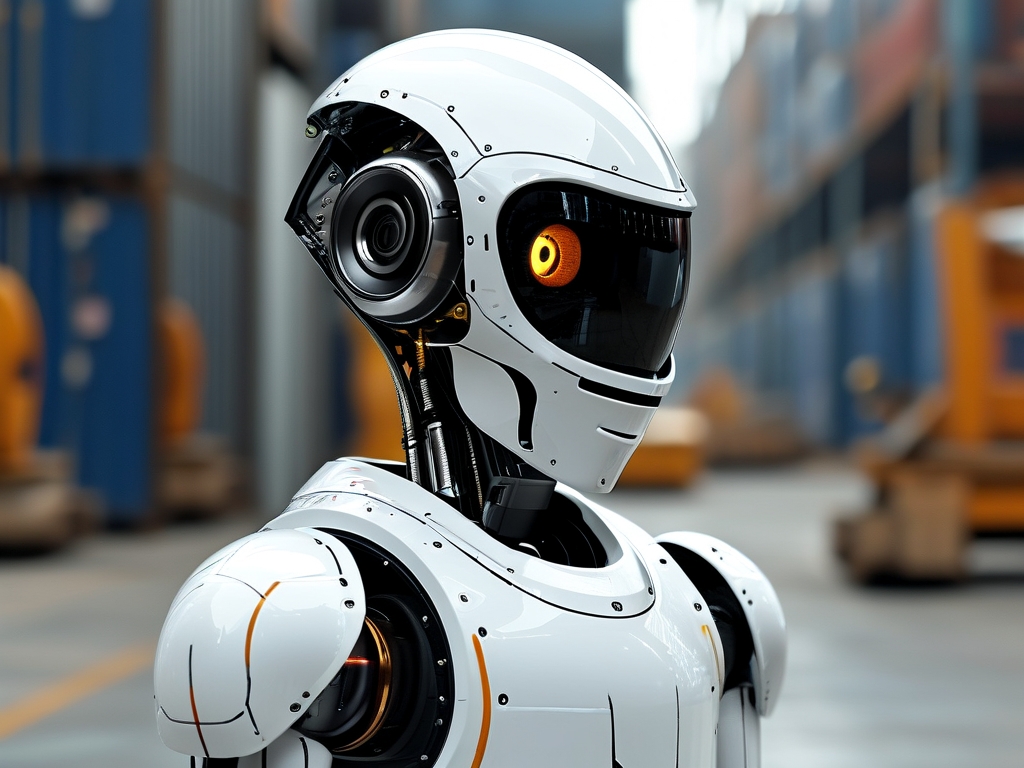The global manufacturing landscape is undergoing a radical transformation, and embedded development factories sit at the heart of this shift. These specialized facilities combine hardware design, software engineering, and system integration to create intelligent solutions for industries ranging from automotive to healthcare. Unlike traditional manufacturing units, embedded development factories prioritize software-hardware synergy, enabling devices to process data locally while maintaining seamless cloud connectivity.
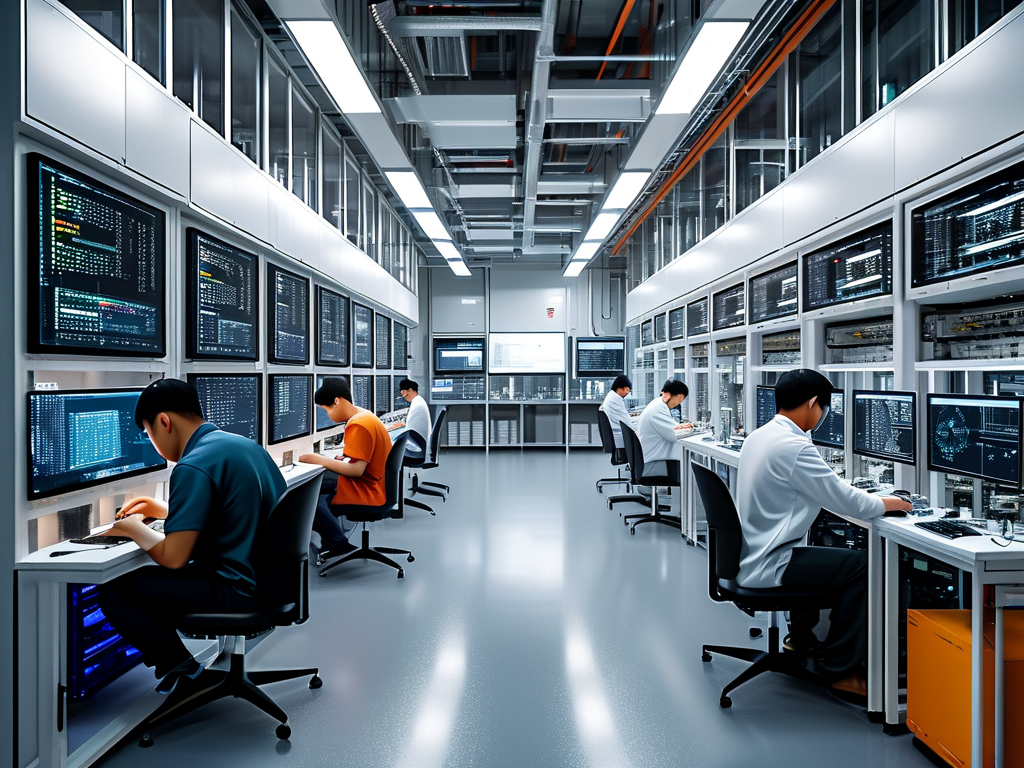
One of the most significant breakthroughs in this field is the adoption of modular production frameworks. For instance, a leading German automotive supplier recently redesigned its ECU (Electronic Control Unit) production line using configurable embedded platforms. This approach reduced firmware update deployment time by 70% while allowing real-time performance monitoring through custom dashboard interfaces. Such innovations demonstrate how embedded systems are becoming the central nervous system of modern factories.
The rise of industrial IoT has further amplified the role of embedded developers. In a recent smart grid project, engineers implemented lightweight MQTT protocols on ARM Cortex-M4 microcontrollers to enable predictive maintenance for power distribution units. This solution processed sensor data at the edge, reducing cloud dependency and cutting latency from 800ms to under 50ms. These technical achievements highlight the precision required in balancing computational power with energy efficiency—a hallmark of successful embedded systems.
Security remains a critical challenge in this domain. During a 2023 audit of a Taiwanese semiconductor plant, ethical hackers exploited vulnerabilities in legacy PLC (Programmable Logic Controller) firmware, emphasizing the need for secure boot mechanisms and encrypted OTA updates. Modern embedded factories now integrate hardware-based TPM 2.0 chips and implement mandatory code signing workflows, creating multi-layered defense systems against cyber threats.
Looking ahead, the convergence of 5G and embedded AI is opening new frontiers. A pilot project in Shanghai’s automated port system uses neural network accelerators within embedded controllers to optimize container routing. By processing camera feeds and sensor data locally, the system achieves 15ms decision cycles—a 40% improvement over cloud-dependent alternatives. This evolution suggests that future embedded systems will increasingly resemble distributed computing networks rather than isolated devices.
As the industry matures, sustainability is becoming a key differentiator. Scandinavian manufacturers now employ energy harvesting techniques in embedded sensors, using piezoelectric materials to convert mechanical vibrations into operational power. This innovation has extended battery life in remote monitoring devices from 6 months to over 3 years, significantly reducing maintenance costs and environmental impact.
The success of embedded development factories ultimately hinges on cross-disciplinary collaboration. Mechanical engineers, firmware specialists, and data scientists must work in lockstep to overcome technical constraints. For example, when developing a medical infusion pump, teams had to reconcile strict safety certifications (IEC 62304) with real-time fluid dynamics calculations—a process that required 14 iterative hardware prototypes and continuous software optimization.
Market analysts predict the embedded systems sector will grow at a 9.2% CAGR through 2030, driven by demand for smart infrastructure and Industry 4.0 solutions. However, this growth brings challenges, including a global shortage of engineers proficient in both low-level programming (C/C++) and cloud architecture. Forward-thinking companies are addressing this gap through apprenticeship programs that combine RTOS (Real-Time Operating System) training with hands-on project experience in digital twin simulations.
From smart sensors to autonomous robotics, embedded development factories are redefining what’s possible in industrial automation. As these technologies mature, they promise to deliver not just incremental improvements but fundamental changes in how we design, produce, and maintain complex systems. The factories of tomorrow won’t just make products—they’ll engineer intelligence into every component, creating ecosystems where machines adapt, learn, and evolve in real time.


